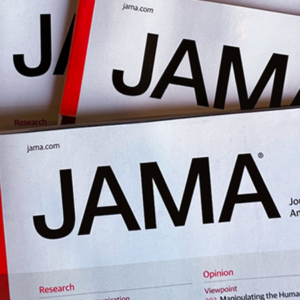פוסט זה זמין גם ב:
עברית
Yonathan Freund, MD, PhD1,2; Damien Viglino, MD, PhD3; Marine Cachanado, MSc4; et al
 Key Points
Key Points 
Question In patients with suspected poisoning and Glasgow Coma Scale score less than 9, is a conservative airway strategy of withholding intubation associated with a reduction of death, intensive care unit length of stay, and hospital length of stay compared with routine practice?
Findings In this multicenter, randomized clinical trial that included 225 patients, a strategy of withholding intubation was associated with a significant clinical benefit for the primary end point in the intervention group, with a win ratio of 1.85 and a reduced adverse event risk rate (6% vs 14.7%; absolute risk difference, 8.6%) compared with the control group.
Meaning Among comatose patients with suspected acute poisoning, a conservative strategy of withholding intubation was associated with a greater clinical benefit for the composite end point of in-hospital death, length of intensive care unit stay, and length of hospital stay.
Abstract
Importance Tracheal intubation is recommended for coma patients and those with severe brain injury, but its use in patients with decreased levels of consciousness from acute poisoning is uncertain.
Objective To determine the effect of intubation withholding vs routine practice on clinical outcomes of comatose patients with acute poisoning and a Glasgow Coma Scale score less than 9.
Design, Setting, and Participants This was a multicenter, randomized trial conducted in 20 emergency departments and 1 intensive care unit (ICU) that included comatose patients with suspected acute poisoning and a Glasgow Coma Scale score less than 9 in France between May 16, 2021, and April 12, 2023, and followed up until May 12, 2023.
Intervention Patients were randomized to undergo conservative airway strategy of intubation withholding vs routine practice.
Main Outcomes and Measures The primary outcome was a hierarchical composite end point of in-hospital death, length of ICU stay, and length of hospital stay. Key secondary outcomes included adverse events resulting from intubation as well as pneumonia within 48 hours.
Results Among the 225 included patients (mean age, 33 years; 38% female), 116 were in the intervention group and 109 in the control group, with respective proportions of intubations of 16% and 58%. No patients died during the in-hospital stay. There was a significant clinical benefit for the primary end point in the intervention group, with a win ratio of 1.85 (95% CI, 1.33 to 2.58). In the intervention group, there was a lower proportion with any adverse event (6% vs 14.7%; absolute risk difference, 8.6% [95% CI, −16.6% to −0.7%]) compared with the control group, and pneumonia occurred in 8 (6.9%) and 16 (14.7%) patients, respectively (absolute risk difference, −7.8% [95% CI, −15.9% to 0.3%]).
Conclusions and Relevance Among comatose patients with suspected acute poisoning, a conservative strategy of withholding intubation was associated with a greater clinical benefit for the composite end point of in-hospital death, length of ICU stay, and length of hospital stay.




 Key Points
Key Points 
